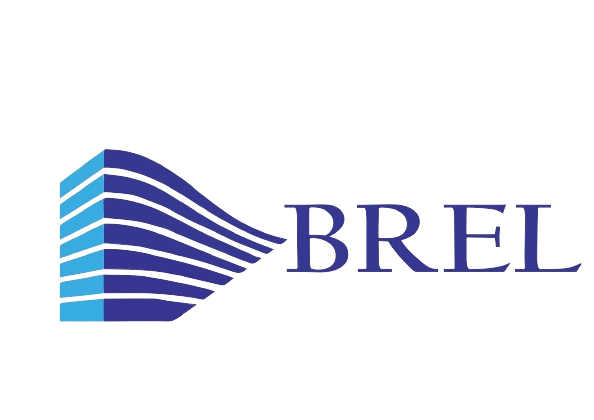Delwara Mention Case Study
Information Asymmetry in the Real Estate Market
Successful investors know that it is not the asset class that makes one rich. Rather it is information about the asset class that makes one rich. Therefore, if any investor were to consistently have access to information which is not available in the market, they could trade off of it and gain a handsome return in the process.
The real estate market has one of the most opaque information systems. Relevant information is not publicly disbursed through official sources. Rather, it spreads via grapevine. Therefore, one needs to be well connected to obtain such information and benefit from it. In this article, we have listed the various levels of information that buyers can expect to have.

Level 0 Information: Publicly Available
The real estate market does not have near perfect information systems like the stock market or the bond market. This is partly due to the diverse nature of the commodity being traded. The stock and bond markets sell homogenous and standard commodities and as a result can report information which is accurate and enables decision making.
On the other hand, real estate is diverse. Buyers have to consider a wide variety of factors such as location, proximity to daily amenities, neighborhood profile and so on. As a result, the publicly available information is imperfect. For instance, if you were to enquire about the prices of property in a completely new neighborhood, odds are that the online and newspaper advertisements will quote a higher price. As you dig deeper into the market and become more familiar with it, you may be able to obtain a better price.
To sum it up, the price discovery mechanism in real estate markets is not efficient. As a result, the publicly available information is not very useful when it comes to decision making.

Level 1 Information: Hands on Information
The next level of information is obtained when a buyer actually visits the micro market that he/she is interested in buying a property in. Newspapers and magazines can provide you with a base rate or a range within which the prices should ideally lie. This information is obtained by talking to people who have actually been involved in such deals in the recent past. They can provide a best estimate of the condition of the market as well as the sentiment of buyers and sellers. This information is more valuable than the one which is available through impersonal mediums such as net surfing. As such, more effort has to be spent in collecting it.
Level 2 Information: Available With Mediators
The next level of information is available with the mediators in the market. A buyer can only gather a certain level of information even if he/she visits the micro market on a regular basis before closing in on the deal. This is because they will not be able to witness the closing of multiple deals in the neighborhood.
The deals that are initially floated in the media are very different from the deals which actually go through after negotiations. The mediators have access to both these types of information. They know the details of the advertisements that are displayed in the newspaper as well as the real deals which

Level 3 Information: Available With Bureaucrats
At this stage, we are not talking about information that already exists in the market. Instead, we are talking about future information that may have an effect on the economic value of the property. This may include information such as future development plans or infrastructure plans in and around the neighborhood. For instance, if a new airport were being constructed 5 miles away from your property, it would definitely being more appreciation to you!
This kind of information is not available with the general population. However, law makers and bureaucrats do have access to this information before it is made public. After all, they are the ones that are making these laws. Hence, it is likely that these people who have an unfair information advantage can use this information to their benefit. This usually happens as bureaucrats and law makers pass this information on to their cronies. The cronies then buy up land at the prevailing prices and soon when the information has been made public, they sell their land and the cronies as well as their principal end up making a handsome return.
This kind of information is also called insider information. If it were proved that a person was investing on the basis of such information or even had access to such information, they could be looking at time in prison!
Thus, there are various levels of information available in the market. The amount of money that an investor puts in the market as well the amount of risk that is taken should largely depend on the kind of information that is available. The better the information, the more risk can be taken without suffering too many adverse consequences.

Financing Costs
Most of the housing transactions that are conducted nowadays are financed using borrowed money. As a result, there are some transaction charges that need to be paid to the lender as well. Consider for instance, the processing fee that is charged by most lenders to process the mortgage agreement. This charge is also a substantial sum usually accounting for 0.15% to 0.25% of the property value. This is the fee charged by lenders for the cost of collecting your documents and running a credit check on them to determine your creditworthiness. Also, this covers the charge of the procedure of loan disbursement that needs to be followed. Apart from the lenders also charge various fees to verify the title of the property in question and for a variety of other services that they provide.





